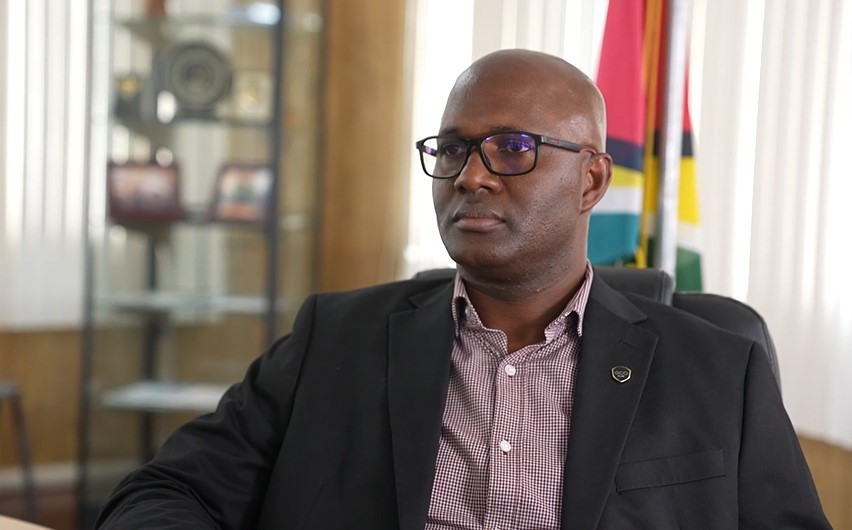By Vishani Ragobeer
As Guyana strives to prevent HIV/AIDS and then eliminate the presence of the disease by 2030, the country will finally roll out self-testing from December 6.
This was announced by Programme Coordinator of the National AIDS Programme Secretariat Secretariat (NAPS) Dr. Tariq Jagnarine at an event held to observe World AIDS day on Wednesday.
This self-testing, he explained, would be piloted at four public, private and non-governmental sites. HIV self-testing allows people, particularly those who may be most vulnerable, to take an HIV test and find out their results in their own home or other private location.
At that same event, Minister of Health Dr. Frank Anthony explained that self-testing is a useful tool to help people quell their fears of being stigmatised or discriminated against because of accessing an HIV test at a public facility.
“You can buy a kit, take it home and in your quiet moments, you can do it. If it’s positive then you come and talk to the more professional people in the clinic,” Dr. Anthony reasoned.

He added, “This is what we want to provide (because) the whole world is heading in this direction.
“We have seen how these things work and they have worked well in other countries.”
Importantly, though, while self-testing will commence at the four clinics in December, Dr. Anthony said that there will be a more “comprehensive” rollout from next year. This, he said, is being done to ensure that more people have greater access to this service.
Previously, Dr. Jagnarine was asked about the possibility of some persons testing positive and failing to report it to the authorities in keeping with the government’s push to not only have persons on treatment. Then, he said that self-testing will not be done in an isolated manner.
He said it will go hand-in-hand with all the other programmes at NAPS which will allow for proper tracking and monitoring of persons.
According to the World Health Organization (WHO), Acquired Immunodeficiency Syndrome (AIDS) is a chronic, potentially life-threatening condition that is caused by the Human Immunodeficiency Virus (HIV).
The virus causes harm to the immune system and resultantly, interferes with the body’s ability to fight infection and disease.
As part of the collective goal to end AIDS by 2030, countries have committed to the 90–90–90 targets with the intention to ensure the vast majority of people are tested for HIV and ensure those who are living with HIV are treated to the extent that they can no longer pass on the disease by 2020.
Dr. Jagnarine said that the prevalence of HIV in Guyana has been reduced to 1.3 per cent of the population. Importantly, he said that 94 per cent of people (greater than the first “90” target) are aware of their HIV status.
Despite surpassing this first target, Guyana is lagging behind on the other two “90” targets. According to Dr. Jagnarine, an estimated 74 per cent of people have been receiving their antiretroviral treatment and about 82 per cent of people receiving the treatment are virally suppressed.
Viral suppression is when the amount of viral load of HIV in the body is reduced because people are taking their HIV treatment (that is, their medication) as prescribed.













